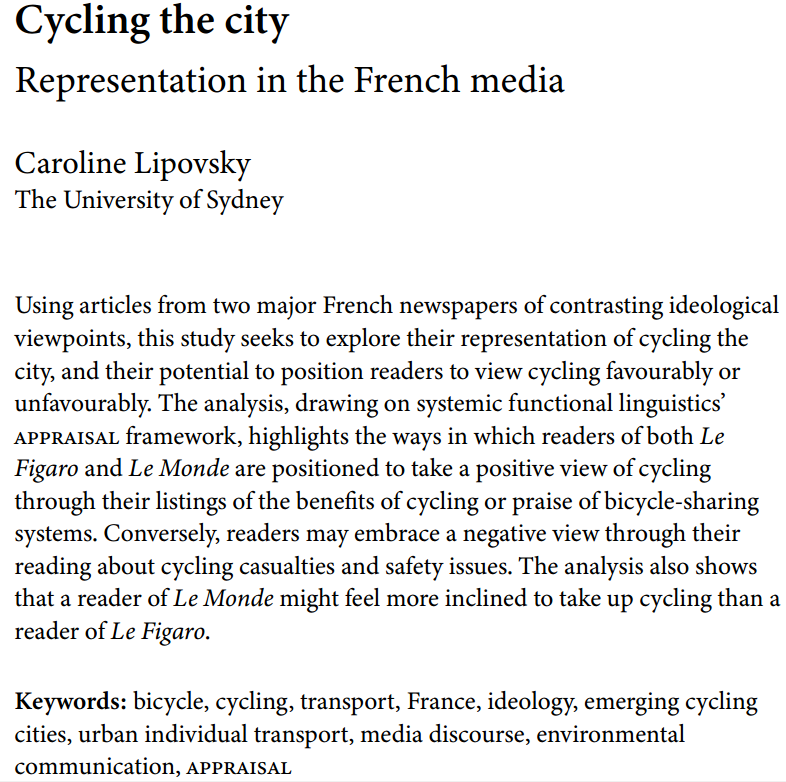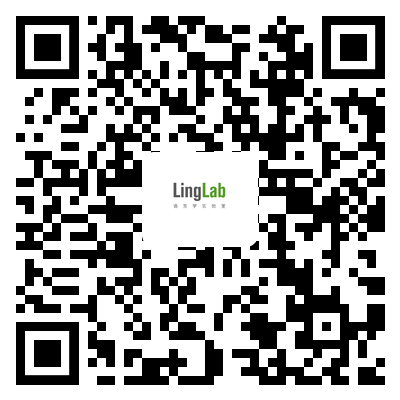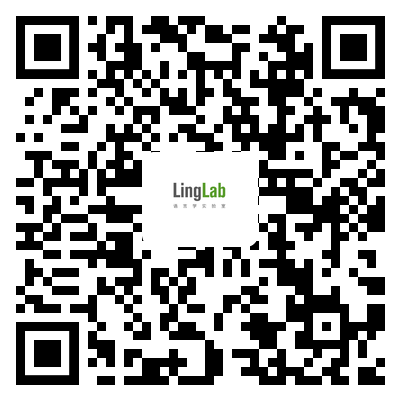821 阅读 2020-10-08 10:34:03 上传
以下文章来源于 系统功能语言学

Introduction


本期文章内容简介
This issue opens with Ruqaiya Hasan’s final paper. She was preparing it for inclusion in the fourth volume of her Collected Works at the time she died. It was subsequently discovered on her computer after that volume had been prepared for publication. After lengthy discussion, it was decided that it should be published here and subsequently in the final volume of her Collected Works. We thank her son, Neil Halliday, and other members of her family for their support for this decision, together with the general editor of her Collected Works, Professor Jonathan Webster, and Dr. Annabelle Lukin and Dr. David Butt for their practical support. We also thank the publishers of this journal, John Benjamins, for co-operating readily in the publishing plan.
Hasan was a fastidious author so, it must be recognised, she would not have been satisfied with parts of this text. On the other hand, she became very enthusiastic about the potential of the new ideas she proposes here, perhaps being herself a little surprised by their theoretical economy and explanatory power. Publishing her work-in-progress, with all its attendant risks, therefore seems an appropriate way to honour her memory.
While modelling tenor,or interactant relations, was her point-of-departure, Hasan also had a more theoretically general aim. For years she had been determined to explore the potential of contextual system networks for devising robust accounts of register variation, work which was complementary to, but stratally distinct from, her research on semantic networks. Together with a new tenor network, of particular interest in this paper is the insights her thinking provides into the permeability of contextual variables. Permeability was a theoretical concept Hasan had long argued for. In this paper she demonstrates why the concept is key to modelling contexts of situation and registerial varieties: it is not merely an ‘add-on’ to deal with more or less incidental correlations between features of contexts of situation. Additionally, she shows how these enquiries shed light on the origins of semantic variation and, more broadly, relations between language, society and the ontogenesis of consciousness: these were two other areas of theory and research to which, of course, she made major, original contributions (Hasan2005, 2009a).
As usual with Hasan’s writing, her text is an invitation to dialogue. In a footnote to the final figure in her paper she comments:
I hope that thediscussions in the paper … will clarify the issues relevant to the issue of therole of contextual system networks in providing criteria for the classification of register varieties. The systems are not presented as final or exhaustive: they represent description; description in theory is without limit. However, they are not put together carelessly. I naturally hope they will withstand time and it will be possible to retain them with further elaboration rather than a complete overhaul.
The second paper in this issue exemplifies the significant SFL work being done both about French language and about the realization of ideologies: Caroline Lipovsky’s analysis of representations of city cycling in French media. Dr Lipovsky’s paper is also to be welcomed as the first in this journal to use an appraisal analytic framework.
The issue concludes with a personal tribute to the pioneering social semiotician, Gunther Kress, who died suddenly on 20 June 2019. It has been contributed by his close friend and co-author, Theo van Leeuwen. The tribute provides invaluable insights into early systemic functional work on visual images and,through its own form, evokes a sense of the sociability, humility and inclusiveness of Kress’s manner of work.
Contents of LANGCT Issue 2:2
Editorial
Articles
Tenor: Rethinking interactant relations
Ruqaiya Hasan
Cycling the city: Representation in the French media
Carolyn Lipovsky
Gunther’sgallery
Theo van Leeuwen
Abstracts of LANGCT Issue 2:2


Board
Editors
Xuanwei Peng, University of Shenzhen
Geoff Williams, University of Shenzhen, University of Sydney
Associate Editors
Nana Jin, University of Shenzhen
Jin Wang, University of Shenzhen
Review Editor
Diane Potts, University of Lancaster
Submission Details
Manuscripts should be submitted through the journal's>Please consult the Short Guide to EM for Authors before you submit your paper.
Inquiries should be directed towards the editors at:langct2019@gmail.com
Guidelines
When preparing your article for publication in Language, Context and Text, please follow these Guidelines.
Ethics
John Benjamins journals are committed to maintaining the highest standards of publication ethics and to supporting ethical research practices. Please read this Ethics Statement.
Archiving
John Benjamins Publishing Company has an agreement in place with Portico for the archiving of all its>
Rights and Permissions
Authors must ensure that they have permission to use any third-party material in their contribution; the permission should include perpetual (not time-limited) world-wide distribution in print and electronic format.
For more information, please consult the Author's Rights page.
Open Access
For information about possibilities to post a version of your article>This journal offers the possibility for accepted papers to be made available under the 'gold' open access model immediately upon publication, after payment of a fee (Article Publication Charge, APC) by or>
For more information please click the link below:
https://www.benjamins.com/catalog/langct/subscription












